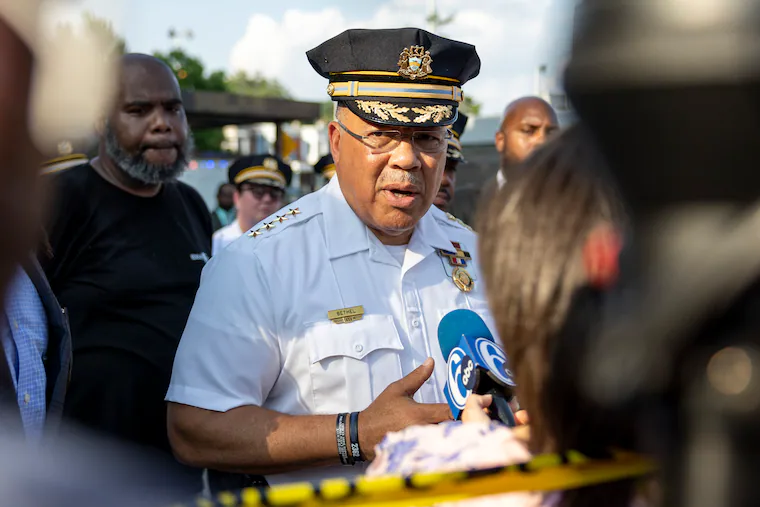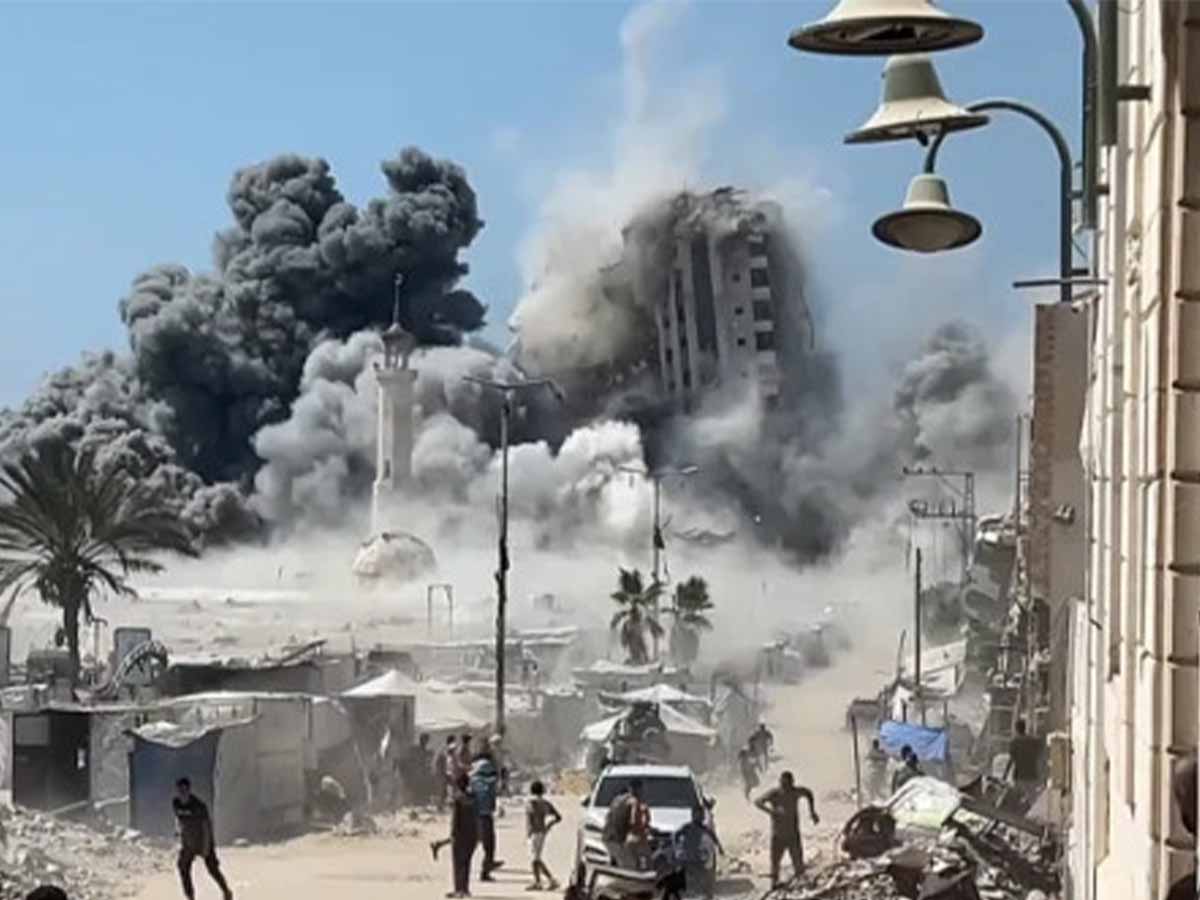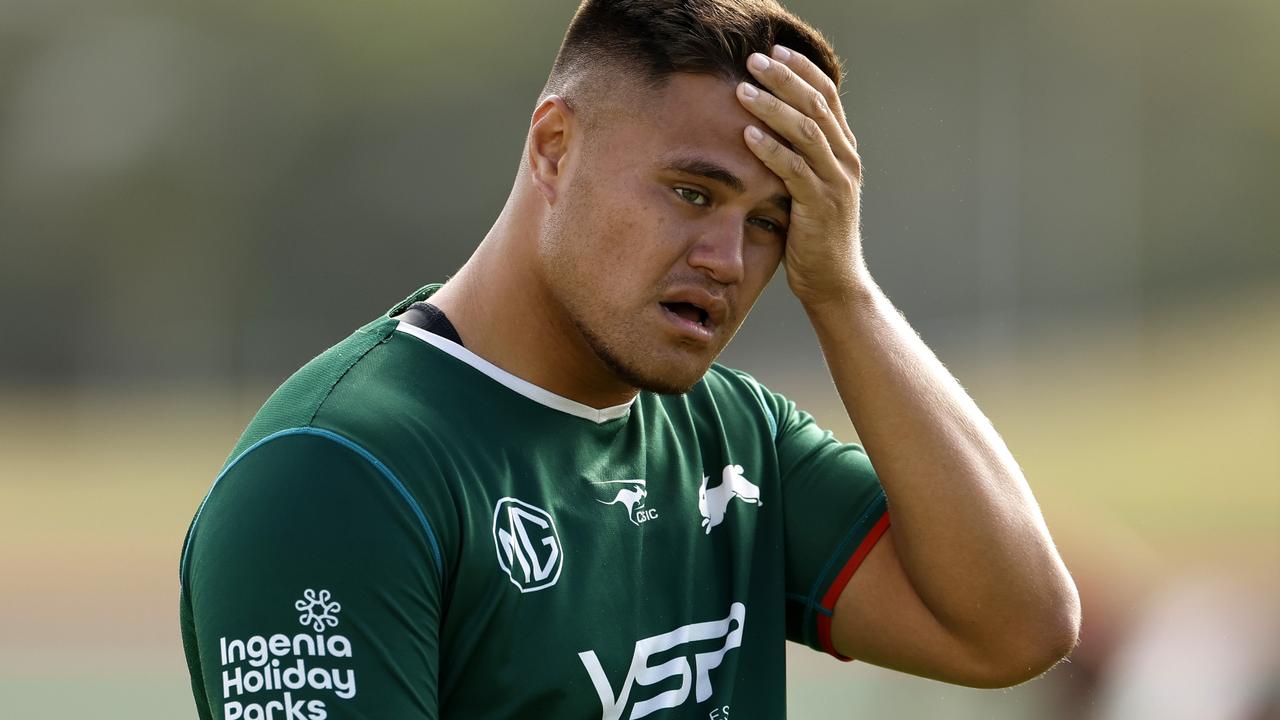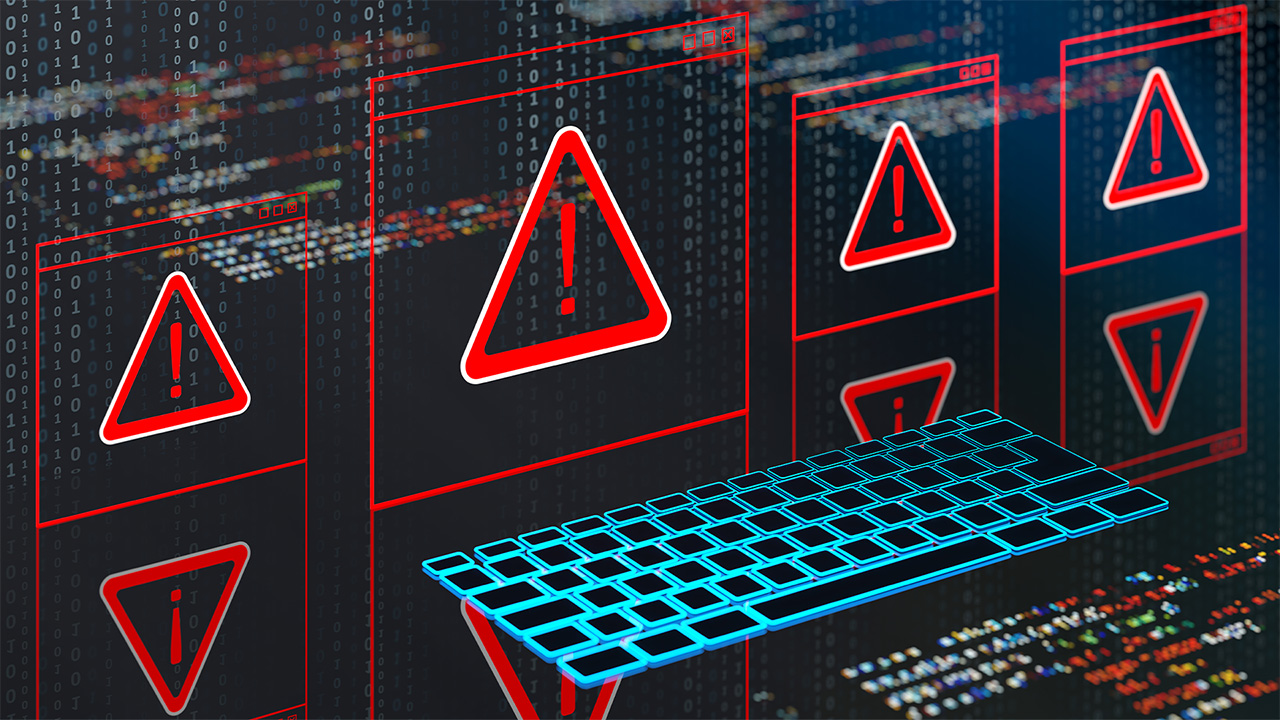
Summers in Philadelphia once meant rising temperatures and rising gunfire.
For this year, at least, that wasn’t the case.
With summer officially in our rearview mirror, citywide data show both fatal and non-fatal shootings are down from last summer.
Non-fatal shootings declined by 8% compared with summer 2024, and fatal shootings fell by 31%.
Compared with pre-pandemic summer numbers, non-fatal shootings are down by over a quarter (27%) and fatal shootings are down by 12% — that’s almost 100 lives saved.
These aren’t just numbers on a chart. They are neighbors on porches, teenagers walking home, fathers picking up their children from daycare — lives and legacies that matter to their families, their blocks, and our city.
Philadelphians are starting to feel the change. A recent Pew survey found 56% of residents now feel “completely” or “pretty safe” in their neighborhoods at night, up from 44% in 2022.
The Center City District reports retail occupancy back to 83% and foot traffic near 90% of pre-pandemic levels. Safer streets are drawing people back to shop, dine, and reconnect.
Still, in the neighborhoods hardest hit by violence, fear remains high, underscoring the work yet to be done.
Across the country, violent crime is falling, and Philadelphia is part of that trend. That’s no accident. Years of persistence and partnership are paying off. The question isn’t if we can keep going — it’s how far we’re willing to push this progress.
How did we get here? By refusing to choose between prevention, intervention, and enforcement, and instead making them work together.
The decline reflects the persistence of people and programs determined to disrupt cycles of violence and build safer communities. The strategy is working.
The group that I lead, the Civic Coalition to Save Lives, is a citywide partnership that helps unite community-based organizations, law enforcement, public officials, and civic leaders in reducing gun violence.
By supporting evidence-based strategies and strengthening collaboration, the Coalition helps build safer, healthier neighborhoods.
Together with our partners, we have focused on intervention: engaging the small number of people at highest risk of being involved in gun violence.
When we connect people to support and opportunity before a shooting occurs, we can change the trajectory of entire neighborhoods.
We can change the trajectory of entire neighborhoods.
Mayor Cherelle L. Parker’s leadership and community safety approach has been essential in bringing these efforts together.
Police Commissioner Kevin J. Bethel has implemented a focused strategy targeting individuals driving most shootings.
Chief Public Safety Director Adam Geer is coordinating across agencies.
Kehinde (“Kenny”) Solanke, the new Behavioral Health Commissioner, is expanding access to services. This alignment across public safety and public health makes progress possible.
Enforcement plus intervention equals results. Community organizations are defusing conflicts before they spiral. Jobs and housing are changing lives.
Police are targeting violent offenders without casting a wide net over entire communities. Together, these strategies create a city where safety and opportunity reinforce each other.
But progress is fragile. We know what works — and what happens when cities pull back.
» READ MORE: Philly has made surprising progress in lowering the murder rate this year. Let’s not throw it all away. | Opinion
In Chicago, programs like Cure Violence helped drive homicides to a 50-year low by 2013. But when funding collapsed, violence surged, and by 2016 homicides had doubled.
In Boston, Operation Ceasefire cut youth homicides by 63%. Yet when that structure faded, youth shootings jumped 133% by 2006.
The lessons are clear: progress isn’t permanent. Cities from New York to Oakland to Baltimore saw gains reversed when intervention stalled.
Philadelphia is not immune. The same economic pressures and social challenges that fueled violence during the pandemic remain. If we slow down now, we risk losing the lives we have worked so hard to save.
That is why the Civic Coalition to Save Lives is pressing forward. This is the moment.
We’ve seen pilots grow into proven programs, partnerships span neighborhoods, and a summer without the usual spike in gunfire.
Philadelphia has shown what’s possible when a city unites around saving lives.
And everyone has a role. Support the community groups doing lifesaving work. Employ or mentor young people and returning citizens seeking a better path. Advocate for steady investment in prevention, intervention, and enforcement. Strengthen your block by staying engaged with neighbors.
Momentum matters. We have it. Let’s not let it slip away.



